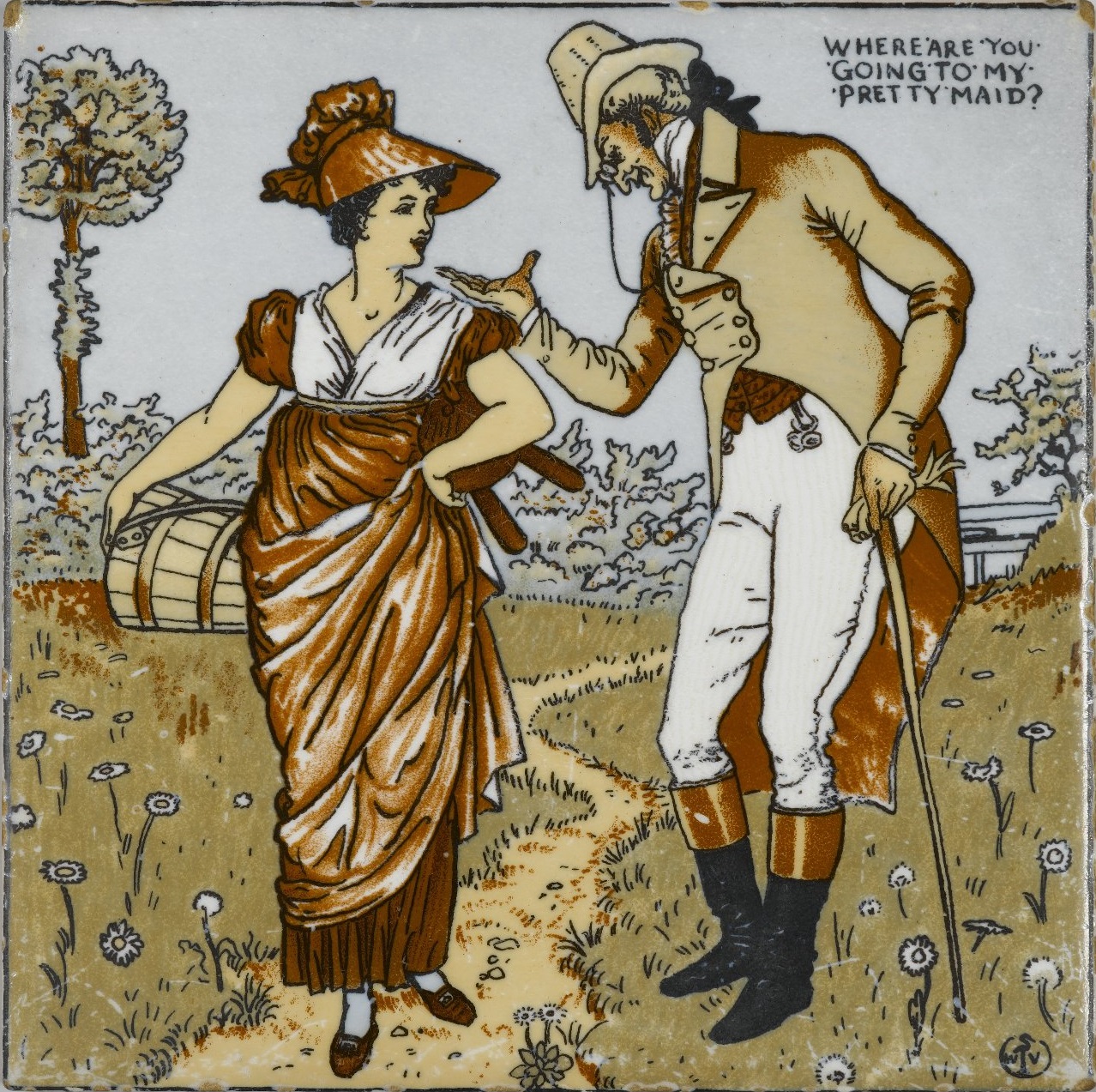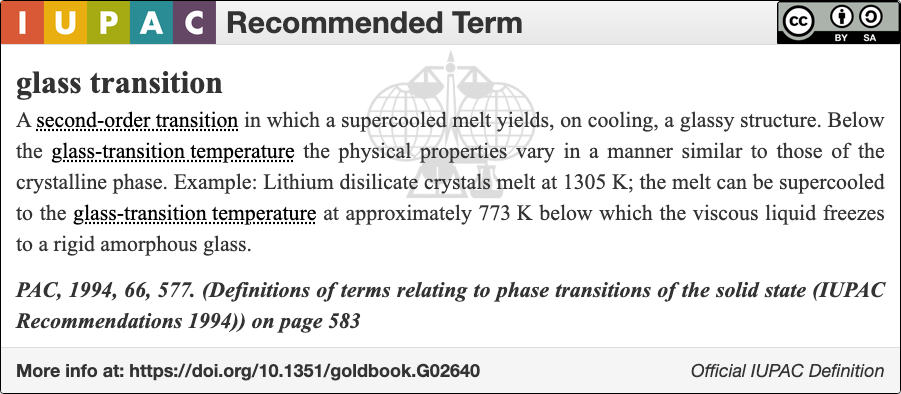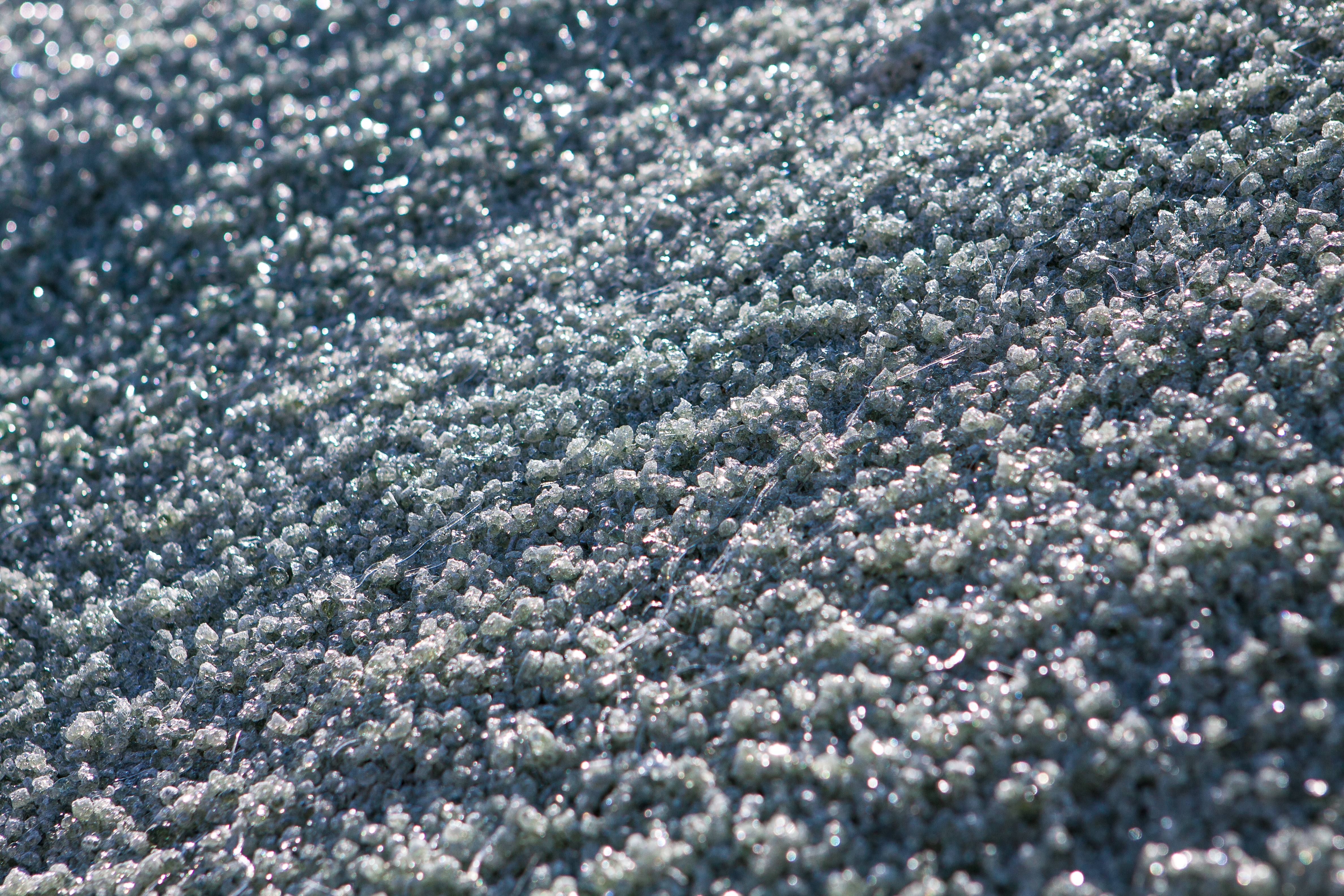|
China Painting
China painting, or porcelain painting, is the decoration of glazed porcelain objects, such as plates, bowls, vases or statues. The body of the object may be hard-paste porcelain, developed in China in the 7th or 8th century, or soft-paste porcelain (often bone china), developed in 18th-century Europe. The broader term ceramic painting includes painted decoration on lead-glazed earthenware such as creamware or tin-glazed pottery such as maiolica or faience. Typically the body is first fired in a kiln to convert it into a hard porous Biscuit (pottery), biscuit or bisque. Underglaze decoration may then be applied, followed by glaze, which is fired so it bonds to the body. The glazed porcelain may then be painted with overglaze decoration and fired again to bond the paint with the glaze. Most pieces use only one of underglaze or overglaze painting, the latter often being referred to as "enamelled". Decorations may be applied by brush or by stenciling, transfer printing and screen pr ... [...More Info...] [...Related Items...] OR: [Wikipedia] [Google] [Baidu] |
Wucai Plate For Exportation Kangxi Period Circa 1680 Bis
''Wucai'' (五彩, "Five colours", "Wuts'ai" in Wade-Giles) is a style of decorating white Chinese porcelain in a limited range of colours. It normally uses underglaze cobalt blue for the design outline and some parts of the images, and overglaze enamels in red, green, and yellow for the rest of the designs. Parts of the design, and some outlines of the rest, are painted in underglaze blue, and the piece is then ceramic glaze, glazed and fired. The rest of the design is then added in the overglaze enamels of different colours and the piece fired again at a lower temperature of about 850°C to 900°C. It has its origins in the ''doucai'' technique. The usual distinction made with ''doucai'', which also combines underglaze blue with overglaze enamels in other colours, is that in ''wucai'' only parts of the design include blue, and these cover wider areas, and are often rather freely painted. In ''doucai'' the whole design is outlined in the blue, even if parts are overlaid by th ... [...More Info...] [...Related Items...] OR: [Wikipedia] [Google] [Baidu] |
Transfer Printing
Transfer printing is a method of decorating pottery or other materials using an engraved copper or steel plate from which a monochrome print on paper is taken which is then transferred by pressing onto the ceramic piece.John Fleming (art historian), Fleming, John & Hugh Honour. (1977) ''The Penguin Dictionary of Decorative Arts. '' London: Allen Lane, p. 800. Pottery decorated using this technique is known as transferware or transfer ware. It was developed in England from the 1750s on, and in the 19th century became enormously popular in England, though relatively little used in other major pottery-producing countries. The bulk of production was from the dominant Staffordshire pottery industry. America was a major market for English transfer-printed wares, whose imagery was adapted to the American market; several makers made this almost exclusively. The technique was essential for adding complex decoration such as the Willow pattern to relatively cheap pottery. In particular, ... [...More Info...] [...Related Items...] OR: [Wikipedia] [Google] [Baidu] |
Feldspathic
Feldspar ( ; sometimes spelled felspar) is a group of rock-forming aluminium tectosilicate minerals, also containing other cations such as sodium, calcium, potassium, or barium. The most common members of the feldspar group are the ''plagioclase'' (sodium-calcium) feldspars and the ''alkali'' (potassium-sodium) feldspars. Feldspars make up about 60% of the Earth's crust and 41% of the Earth's continental crust by weight. Feldspars crystallize from magma as both intrusive and extrusive igneous rocks and are also present in many types of metamorphic rock. Rock formed almost entirely of calcic plagioclase feldspar is known as anorthosite. Feldspars are also found in many types of sedimentary rocks. Etymology The name ''feldspar'' derives from the German , a compound of the words ' ("field") and ("flake"). had long been used as the word for "a rock easily cleaved into flakes"; was introduced in the 18th century as a more specific term, referring perhaps to its common occurrenc ... [...More Info...] [...Related Items...] OR: [Wikipedia] [Google] [Baidu] |
Cornish Stone
China stone (occasionally ''Cornish stone'' or ''Cornwall stone'') is a medium grained, feldspar-rich partially kaolinised granite characterised by the absence of iron-bearing minerals. Its mineral content includes quartz, feldspar and mica; accessory minerals include kaolinite and fluorspar. It is found in one area near St Austell, Cornwall in the United Kingdom. It was the last UK sourced feldspathic material to be commercially extracted. A number of varieties, named on the basis of their hardness and physical appearance, were produced. Maximum production was achieved in the early 1950s, with around 70,000 tonnes per annum. The largest producer, English China Clays, ceased production in 1973, when Goonvean Ltd became the sole producer. Due to increasing competition from imported alternatives and a contracting domestic market, sales fell from 8,000 tonnes per year to 2,800 tonnes in 2001. The last quarry closed in 2006. Relatively similar material has been mined, and exported t ... [...More Info...] [...Related Items...] OR: [Wikipedia] [Google] [Baidu] |
Calcined
Calcination is thermal treatment of a solid chemical compound (e.g. mixed carbonate ores) whereby the compound is raised to high temperature without melting under restricted supply of ambient oxygen (i.e. gaseous O2 fraction of air), generally for the purpose of removing impurities or volatile substances and/or to incur thermal decomposition. The root of the word calcination refers to its most prominent use, which is to remove carbon from limestone (calcium carbonate) through combustion to yield calcium oxide (quicklime). This calcination reaction is CaCO3(s) → CaO(s) + CO2(g). Calcium oxide is a crucial ingredient in modern cement, and is also used as a chemical flux in smelting. Industrial calcination generally emits carbon dioxide (). A calciner is a steel cylinder that rotates inside a heated furnace and performs indirect high-temperature processing (550–1150 °C, or 1000–2100 °F) within a controlled atmosphere. Etymology The process of calcination de ... [...More Info...] [...Related Items...] OR: [Wikipedia] [Google] [Baidu] |
Josiah Spode
Josiah Spode (23 March 1733 – 18 August 1797) was an English potter and the founder of the English Spode pottery works which became famous for the high quality of its wares. He is often credited with the establishment of blue underglaze transfer printing in Staffordshire in 1781–84, and with the definition and introduction in c. 1789–91 of the improved formula for bone china (a form of soft-paste porcelain) which thereafter remained the standard for all English wares of this kind. Early life Josiah Spode was born in Lane Delph, Fenton, Staffordshire. Spode was a pauper's son and also a pauper's orphan at the age of six. In 1745 his elder sister Ann married Ambrose Gallimore, who in 1754 obtained the lease of the Caughley porcelain factory near Broseley. Spode was taken on as a worker by potter Thomas Whieldon in November ( Martinmas) 1749, and remained with him until 1754. In that year, on 8 September, Josiah married Ellen Finley at Stoke-on-Trent, and his eldest son Jo ... [...More Info...] [...Related Items...] OR: [Wikipedia] [Google] [Baidu] |
Kiln
A kiln is a thermally insulated chamber, a type of oven, that produces temperatures sufficient to complete some process, such as hardening, drying, or Chemical Changes, chemical changes. Kilns have been used for millennia to turn objects made from clay into pottery, Tile, tiles and bricks. Various industries use rotary kilns for pyroprocessing (to calcinate ores, such as limestone to Lime (material), lime for Cement kiln, cement) and to transform many other materials. Etymology According to the Oxford English Dictionary, kiln was derived from the words cyline, cylene, cyln(e) in Old English, in turn derived from Latin ''culina'' ('kitchen'). In Middle English, the word is attested as kulne, kyllne, kilne, kiln, kylle, kyll, kil, kill, keele, kiele. In Greek the word ''καίειν, kaiein'', means 'to burn'. Pronunciation The word 'kiln' was originally pronounced 'kil' with the 'n' silent, as is referenced in ''Webster's Dictionary of 1828'' and in ''English Words as Sp ... [...More Info...] [...Related Items...] OR: [Wikipedia] [Google] [Baidu] |
Vitrify
The glass–liquid transition, or glass transition, is the gradual and reversible transition in amorphous materials (or in amorphous regions within semicrystalline materials) from a hard and relatively brittle "glassy" state into a viscous or rubbery state as the temperature is increased. ISO 11357-2: Plastics – Differential scanning calorimetry – Part 2: Determination of glass transition temperature (1999). An amorphous solid that exhibits a glass transition is called a glass. The reverse transition, achieved by supercooling a viscous liquid into the glass state, is called vitrification. The glass-transition temperature ''T''g of a material characterizes the range of temperatures over which this glass transition occurs (as an experimental definition, typically marked as 100 s of relaxation time). It is always lower than the melting temperature, ''T''m, of the crystalline state of the material, if one exists, because the glass is a higher energy state (or enthalpy at consta ... [...More Info...] [...Related Items...] OR: [Wikipedia] [Google] [Baidu] |
Ceramic Flux
Fluxes are substances, usually oxides, used in glasses, glazes and ceramic bodies to lower the high melting point of the main glass forming constituents, usually silica and alumina. A ceramic flux functions by promoting partial or complete liquefaction. The most commonly used fluxing oxides in a ceramic glaze contain lead, sodium, potassium, lithium, calcium, magnesium, barium, zinc, strontium, and manganese. These are introduced to the raw glaze as compounds, for example lead as lead oxide. Boron is considered by many to be a glass former rather than a flux. Some oxides, such as calcium oxide, flux significantly only at high temperature. Lead oxide is the traditional low temperature flux used for crystal glass, but it is now avoided because it is toxic even in small quantities. It is being replaced by other substances, especially boron and zinc oxides. In clay bodies a flux creates a limited and controlled amount of glass, which works to cement crystalline phases to ... [...More Info...] [...Related Items...] OR: [Wikipedia] [Google] [Baidu] |
Frit
A frit is a ceramic composition that has been fused, quenched, and granulated. Frits form an important part of the batches used in compounding enamels and ceramic glazes; the purpose of this pre-fusion is to render any soluble and/or toxic components insoluble by causing them to combine with silica and other added oxides.''Dictionary of Ceramics'' (3rd Edition) Edited by Dodd, A. Murfin, D. Institute of Materials. 1994. However, not all glass that is fused and quenched in water is frit, as this method of cooling down very hot glass is also widely used in glass manufacture. According to the '' OED'', the origin of the word "frit" dates back to 1662 and is "a calcinated mixture of sand and fluxes ready to be melted in a crucible to make glass". Nowadays, the unheated raw materials of glass making are more commonly called "glass batch". In antiquity, frit could be crushed to make pigments or shaped to create objects. It may also have served as an intermediate material in the manu ... [...More Info...] [...Related Items...] OR: [Wikipedia] [Google] [Baidu] |
Petuntse
Petuntse (from zh, c=白墩子, p=báidūnzì), also spelled petunse and ''bai dunzi'', ''baidunzi'', is a historic term for a wide range of micaceous or feldspathic rocks. However, all will have been subject to geological alteration of igneous rocks that result in materials which, after processing, are suitable as a raw material for some ceramic formulations. The name means "little white bricks", referring to the form in which it was transported to the potteries (compare ball clay). It was, and to some extent continues to be, an important raw material for porcelain. The name ''Pottery stone'' is now used. The alternative name of ''Porcelain stone'' is occasionally used. According to one source, it is mixed with kaolin in proportions varying according to the grade of porcelain to be produced; equal quantities for the best and two thirds petuntse to one third kaolin for everyday ware. There were large deposits of high-quality stone in Jiangxi province in south-eastern China, wh ... [...More Info...] [...Related Items...] OR: [Wikipedia] [Google] [Baidu] |
Kaolin
Kaolinite ( ; also called kaolin) is a clay mineral, with the chemical composition Al2 Si2 O5( OH)4. It is a layered silicate mineral, with one tetrahedral sheet of silica () linked through oxygen atoms to one octahedral sheet of alumina (). Kaolinite is a soft, earthy, usually white, mineral (dioctahedral phyllosilicate clay), produced by the chemical weathering of aluminium silicate minerals like feldspar. It has a low shrink–swell capacity and a low cation-exchange capacity (1–15 meq/100 g). Rocks that are rich in kaolinite, and halloysite, are known as kaolin () or china clay. In many parts of the world kaolin is colored pink-orange-red by iron oxide, giving it a distinct rust hue. Lower concentrations of iron oxide yield the white, yellow, or light orange colors of kaolin. Alternating lighter and darker layers are sometimes found, as at Providence Canyon State Park in Georgia, United States. Kaolin is an important raw material in many industries and appli ... [...More Info...] [...Related Items...] OR: [Wikipedia] [Google] [Baidu] |







